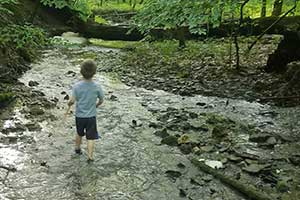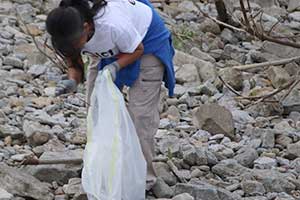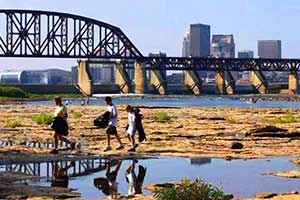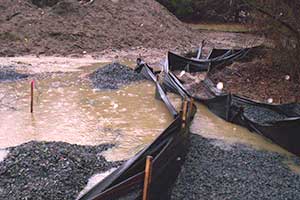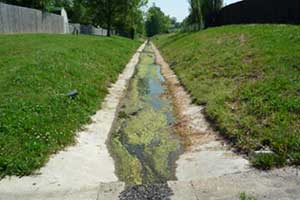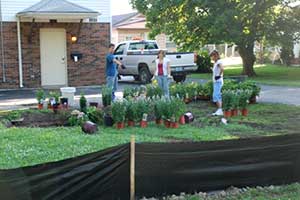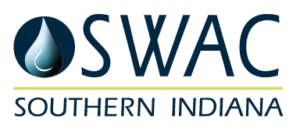What is the Municipal Separate Storm Sewer (MS4) Program
In 1987, amendments to the Federal Clean Water Act (CWA) established a legal framework and requirements for the United States Environmental Protection Agency (USEPA) to develop a program for regulating municipal and industrial stormwater discharges under the National Pollutant Discharge Elimination System (NPDES) permit program. The Federal NPDES Phase II Stormwater regulations were promulgated in 1999, and affect smaller communities with municipal separate storm sewer systems (MS4s) serving populations of less than 100,000 people, as well as construction activities that disturb one or more acres of land. Small MS4s located in urbanized areas are required to apply for a five-year stormwater NPDES permit and develop a Storm Water Quality Management Program (SWQMP).
The designated Stormwater Phase II permitting authority in the State of Indiana is the Indiana Department of Environmental Management (IDEM). IDEM was responsible for developing a rule-making work group to support the agency’s efforts to adopt federally mandated stormwater regulations under the Municipal Separate Storm Sewer System General Permit (MS4GP).
The original rule for the MS4 program was adopted in 2003 and requires regulated MS4s to apply for permit coverage and develop an MS4 Program. Components of the Program include: Notice of Intent, Water Quality Characterization Report (WQCR), and Stormwater Quality Management Plan (SWQMP). The SWQMP lays out the activities for the six Minimum Control Measures (MCMs), which are discussed in detail on the Stormwater Resources page.
The new MS4 General Permit was released in 2021-2022, along with the Construction Stormwater General Permit (CSGP).
As a part of the SWQMP, MS4 communities are required to pass ordinances outlining the requirements of MCMs concerning illicit discharge detection and elimination, construction site stormwater runoff control, and post-construction stormwater management. Stormwater ordinances for SWAC communities can be obtained from your local community’s web site. A link to your community’s web site should be available in the Links tab.
